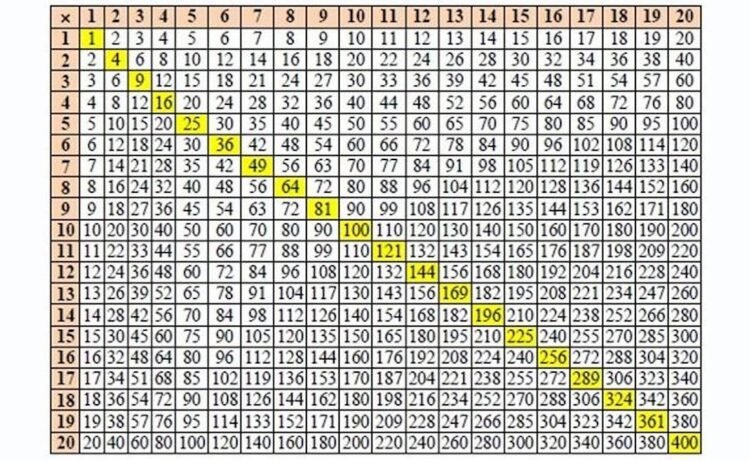It’s not just an odd quirk of numbers that makes it true, but a deep mathematical insight that dates all the way back to Pythagoras.
One of the first theorems anyone learns in mathematics is the Pythagorean Theorem: if you have a right triangle, then the square of the longest side (the hypotenuse) will always equal the sums of the squares of the other two sides. The first integer combination that this works for is a triangle with sides 3, 4, and 5: 3² + 4² = 5². There are other combinations of numbers that this works for, too, including:
- 5, 12, and 13,
- 6, 8, and 10,
- 7, 24 and 25,
and infinitely more. But 3, 4, and 5 are special: they’re the only consecutive whole numbers that obey the Pythagorean Theorem. In fact, the numbers 3, 4, and 5 are the only consecutive whole numbers that allow you to solve the equation a² + b² = c² at all!
However, if you allowed yourself the freedom to include more numbers, you could imagine that there might be consecutive whole numbers that worked for a more complex equation, like a² + b² + c² = d² + e²: with three numbers, squared, on one side of the equation and two of them, squared, on the other. Can this…















